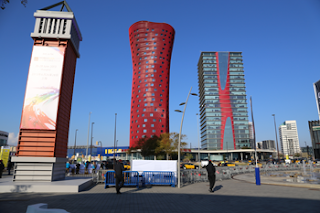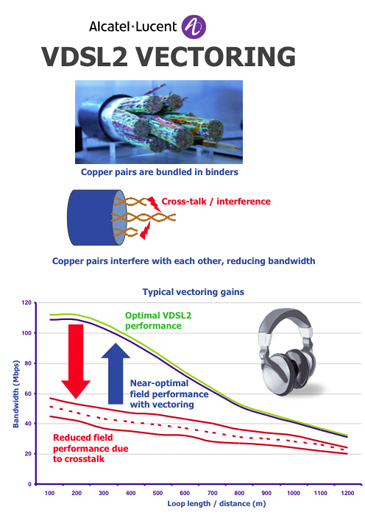The GSMA confirmed a record 72,000 visitors attended this week's 2013 Mobile World Congress in Barcelona.
“We are thrilled with the record results for Mobile World Congress 2013, in our first year here in Fira Gran Via,” said John Hoffman, CEO, GSMA Ltd. “Mobile is one of the most vibrant and dynamic industries in the world, and the innovation that is powering the sector was clearly evident throughout Mobile World Congress, in the exhibition, the conference, programmes such as App Planet and mPowered Brands and new event initiatives such as the NFC Experience.

There were more than 1,700 exhibiting companies and the show floor covered 94,000 net square meters of exhibition and hospitality space. More than 3,400 international media and industry analysts attended the event .
According to a preliminary independent economic analysis, the 2013 Mobile World Congress will have contributed more than 320 million Euros to the local economy. This represents an increase of approximately 19 million Euros over the economic impact of the 2012 event and is driven by the growth in attendance and number of exhibiting companies, as well as the increased footprint of exhibition and hospitality spaces.



























































